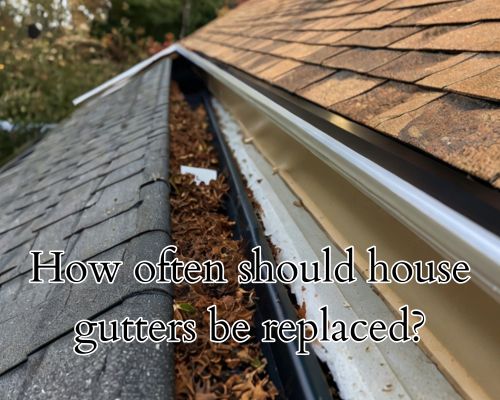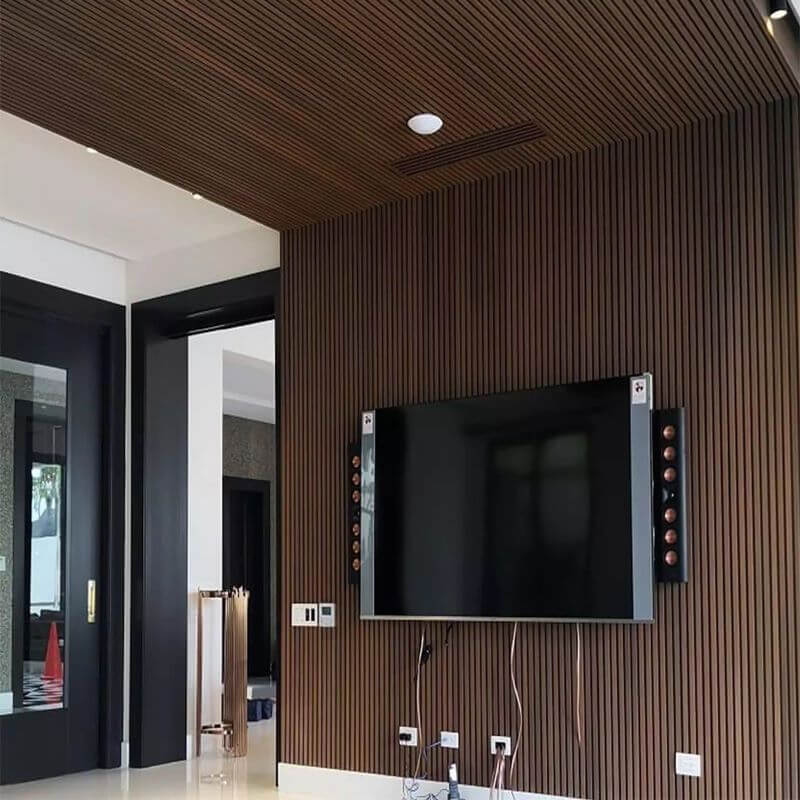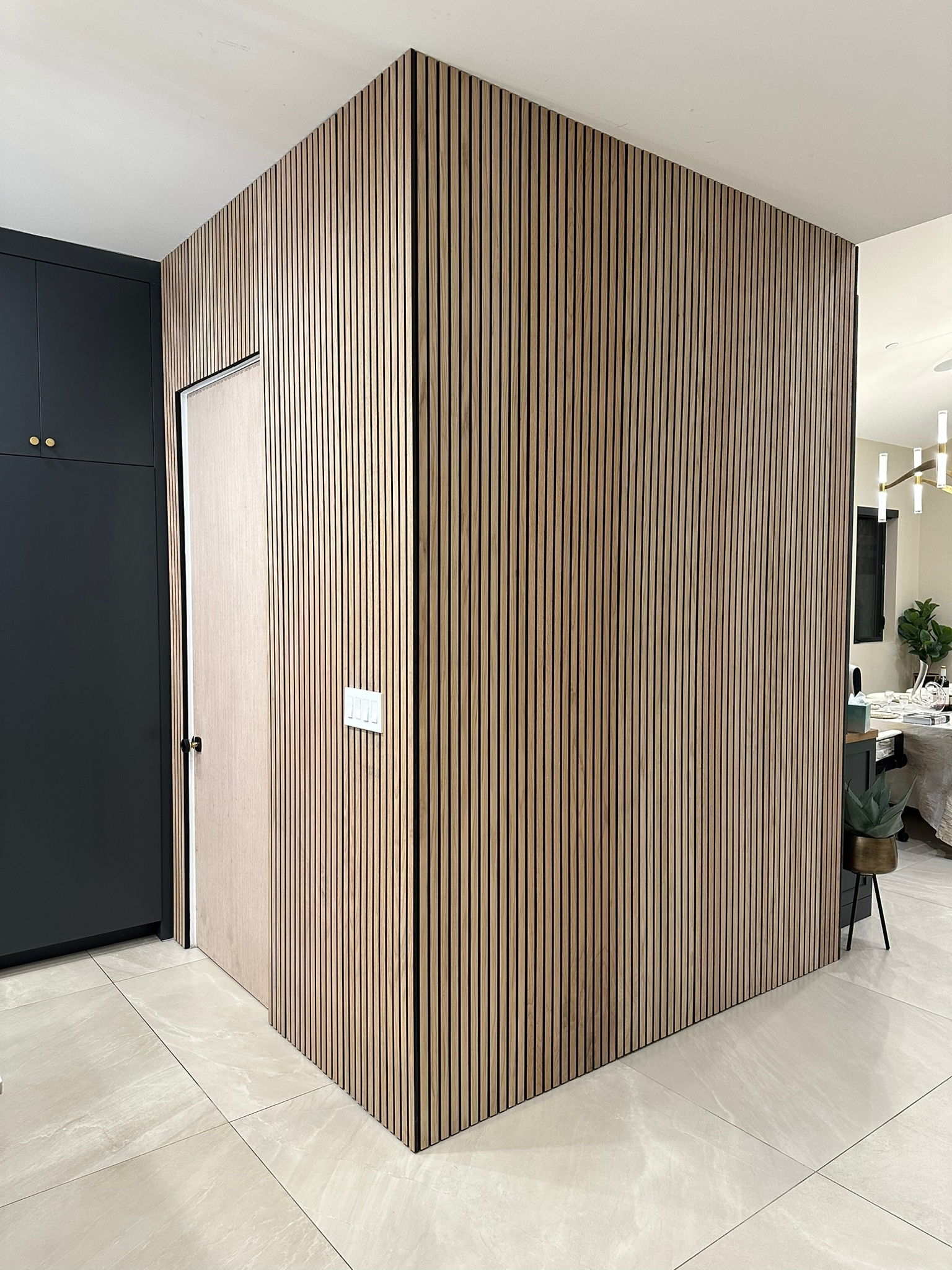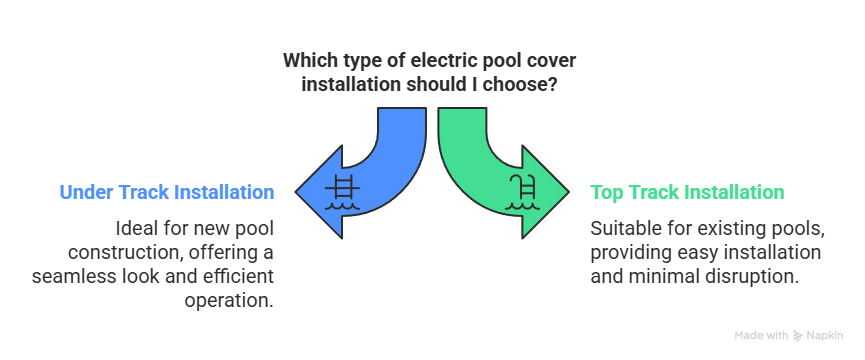Wall panels, with their variety of textures, colors, and finishes, not only give individuality to your interiors, but also provide functional benefits such as sound absorption and ease of maintenance. Whether you desire a modern makeover or a homey rustic atmosphere, the appropriate paneling may drastically transform your area. This post will walk you through some inspiring options for making wood panels a standout feature in your design while remaining practical, innovative, and cost-effective.
Why Wall Panels Are a Smart Interior Upgrade
Wall panels are no longer limited to traditional homes or old basements. Today, they are a popular choice for both modern and traditional settings. They provide simple elegance while also fulfilling practical purposes in acoustics and wall protection. Furthermore, they are easier to install and maintain than many other wall treatments.
A Touch of Texture and Warmth
Adding texture is one of the simplest ways to elevate a flat, lifeless room. Wall panels introduce a three-dimensional effect that instantly makes your space feel more dynamic. Wood slat panels, for example, bring in a sense of warmth and nature that softens even the most minimal interiors.
If you’re after something subtle yet stylish, consider grey felt and oak panels—they offer both texture and neutral elegance that works with just about any color palette.
Practical Sound Control with Style
In spaces like home offices, bedrooms, or media rooms, sound matters. Echoes and noise can make even the nicest-looking space uncomfortable. Wall panels with acoustic properties help reduce noise while adding an architectural detail that looks custom-designed.
For high-performance sound solutions that don’t sacrifice style, look into modern acoustic wall panel options that blend function with visual appeal.
Stylish Paneling Ideas to Inspire Your Next Makeover
Whether you’re remodeling a single room or rethinking your entire home’s layout, there’s a wall paneling approach for every style and space.
Create a Feature Wall That Tells a Story
One of the most popular ways to use wall panels is to build a striking accent wall. Choose one wall—typically behind a sofa, bed, or fireplace—and install panels in a bold material or color. This not only draws the eye but helps anchor the room’s layout.
Vertical slats in natural wood tones offer a clean and modern look, while diagonal or geometric paneling can add a playful, contemporary edge.
Wrap Small Spaces in Texture
Powder rooms, entryways, and narrow hallways often feel overlooked. Wrapping them in wall panels can turn them into cozy nooks or artful transitions. Use dark tones or rich wood for an enveloping feel, or opt for lighter colors to keep things airy.
Paneling also protects these high-touch areas from scuffs and wear, making them both attractive and practical.
Mix and Match Finishes
Why stick to one material when you can layer different styles for a custom look? Try mixing matte painted panels with woodgrain finishes, or combine smooth surfaces with fluted textures. This technique adds dimension without overwhelming the room.
Experiment with trim styles and widths to find a look that complements your existing decor. Whether you go symmetrical or abstract, the contrast creates visual interest that holds attention.
FAQs About Wall Panels
Are wall panels easy to install?
Yes! Many modern panels are designed for simple installation, often using adhesive backing or interlocking systems. With basic tools and some patience, they can even be a weekend DIY project.
Do wall panels help with soundproofing?
Absolutely. Acoustic panels are designed to absorb sound, making them great for home offices, music rooms, and shared walls.
Can I use wall panels in bathrooms or kitchens?
Yes, but it’s best to choose moisture-resistant materials for high-humidity areas. Look for treated wood, laminate, or PVC options for long-lasting performance.
Are wall panels customizable?
Many wall panels can be painted, stained, or cut to fit custom layouts. Some providers even offer made-to-order designs for a truly tailored look.
Do panels add value to a home?
When installed thoughtfully, yes. Wall panels can enhance the appearance of your interiors and make spaces feel more polished, which can appeal to future buyers.
Final Thoughts About Wall Panels
Wall panels are one of the easiest ways to reimagine your interiors without major construction. Whether you’re chasing elegance, comfort, or improved sound quality, there’s a panel solution out there for you. From feature walls and hallway accents to full-room coverage, these versatile materials allow you to show off your style while enjoying real everyday benefits.
If you’re exploring creative ways to make your walls stand out and perform better, check out resources like this one for ideas and tools to bring your vision to life. Let your next renovation start with the walls—and see how much your space can change with just the right touch.










